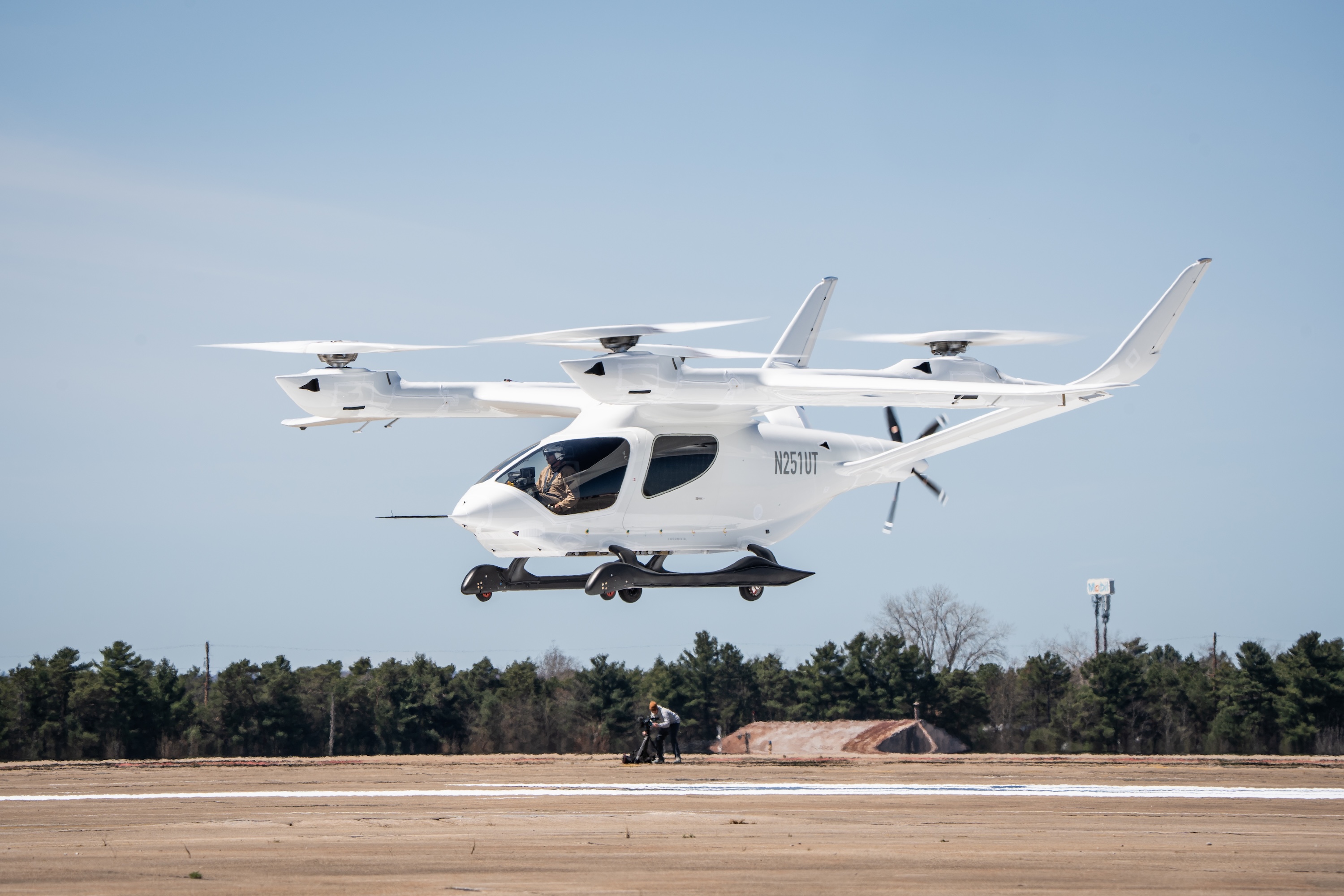Log-in here if you’re already a subscriber
New Federal Aviation Administration documents shed light on how the agency is approaching one of the most hotly debated topics associated with certifying electric vertical take-off and landing aircraft: how to appropriately mitigate the risk associated with running out of power.
Most eVTOLs have highly redundant propulsion systems and can keep flying after one or more motor failures, which is often touted as one of their primary advantages over conventional helicopters. But redundancy does not protect against exhausting the available energy in the battery system, just as conventional multi-engine planes and helicopters can still run out of fuel.
How to mitigate this risk has been a particular concern for the FAA, given that these novel aircraft may not be capable of the maneuvers traditionally employed for emergency landings — a source of unease for some pilots and certification officials who take these capabilities for granted.
If a conventional airplane experiences a complete loss of power, it can glide to a controlled emergency landing. Helicopters are capable of a similar power-off maneuver called autorotation, in which air flowing up through the main rotor system keeps the blades turning, allowing the pilot to control the aircraft through the descent. Winged eVTOLs now undergoing certification as powered-lift aircraft generally have the ability to glide from wingborne flight, but very few eVTOL designs have rotor systems capable of autorotation.
When the FAA last year issued final airworthiness criteria for Joby and Archer Aviation, it specified that their aircraft must be capable of performing a controlled emergency landing “by gliding or autorotation, or an equivalent means to mitigate the risk of loss of power or thrust.” However, the agency didn’t elaborate on what that “equivalent means” might look like.
The FAA has now issued streamlined certification guidance for powered-lift aircraft in the form of a new advisory circular (AC) that includes the same language around mitigating the risk of power loss. While the AC itself provides limited clarity on what constitutes equivalent means, the FAA’s accompanying discussion of public comments on the AC offers important clues as to how the agency is interpreting the requirement for winged eVTOLs currently undergoing certification.
Drawing on that discussion and extensive interviews with industry leaders, The Air Current explores the FAA’s stance on equivalent means — and how solutions to mitigating the risk of power loss can be found in the unique characteristics of battery-electric aircraft and other certification and operating requirements.
Subscribe to continue reading...Subscribe to Continue Reading
Our award-winning aerospace reporting combines the highest standards of journalism with the level of technical detail and rigor expected by a sophisticated industry audience.
- Exclusive reporting and analysis on the strategy and technology of flying
- Full access to our archive of industry intelligence
- We respect your time; everything we publish earns your attention


